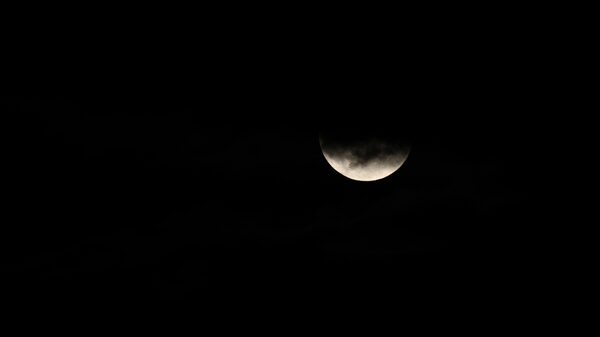Bloomberg — NASA’s Orion spacecraft splashed down in the Pacific Ocean off the coast of Mexico on Sunday, bringing a successful end to a 25-day test flight that sent the uncrewed vehicle around the moon and back to Earth.
The flight, named Artemis I, helps pave the way for NASA’s program to return humans to the surface of the moon later in the decade for the first time since 1972.
After spending more than three weeks in deep space, Orion began its descent through Earth’s atmosphere at 12:20 p.m. Eastern, reaching scorching temperatures of about 5,000 degrees Fahrenheit (2,760 degrees Celsius). The spacecraft performed an unusual skip entry technique, bouncing off the atmosphere to slow its speed before resuming its descent. The maneuver is intended to lower G forces that future astronauts will have to endure.
The reentry also tested the spacecraft’s heat shield, which needed to perform flawlessly to protect Orion’s crew cabin during its descent. The vehicle eventually deployed parachutes further slowing its fall for a smooth splashdown at 12:40 p.m. Eastern.
“The latest chapter of NASA’s journey to the moon comes to a close,” Rob Navias, a NASA commentator, said during a livestream of the return. “Orion back on Earth.”
After several delayed launch attempts due to bad weather and technical glitches going back to August, the Artemis I mission carried Orion aloft in the early morning hours of Nov. 16. NASA’s new Space Launch System rocket lifted off from Kennedy Space Center in Florida, initially sending Orion into Earth orbit. The mission also served as the massive rocket’s debut.
From Earth orbit, Orion journeyed to the moon, arriving six days later, then eventually entered a distant lunar orbit. At two points during the journey, the spacecraft came within about 80 miles (129 kilometers) of the Moon’s surface.
While in lunar orbit, the spacecraft reached a maximum distance from Earth of 268,563 miles, breaking the distance record for a spacecraft designed to carry humans to and from Earth. After leaving its elongated lunar orbit, Orion swung by the moon again on Dec. 5, before heading back to Earth.
What’s Next
The Artemis II mission to fly astronauts around the moon is more than a year away at the earliest. NASA is targeting the mission for 2024, though it’s likely that schedule could slip since the SLS rocket for the mission is still under construction.
Additionally, flight computers and other equipment from the capsule that just landed will need to be taken out and reinstalled into another Orion craft that’s being readied for Artemis II, a labor- and time-intensive process.
It won’t be until the following Artemis III mission when NASA will attempt a crewed lunar landing. NASA says that mission could occur as soon as 2025, but the agency has a long to-do list to get through before that happens, raising doubts that the agency can stick to its schedule.
One hurdle will be getting new lunar space suits ready. NASA this year awarded Axiom Space Inc. the contract to develop the suits, and it’s unclear how far development has proceeded.
NASA also needs a human lunar lander that can take astronauts from Orion down to the surface of the moon and back. In 2021, NASA selected SpaceX for the job. The rocket company Elon Musk started, officially called Space Exploration Technologies Corp., is at work on a next-generation Starship rocket to serve as a lander for the Artemis III mission, but Starship has yet to make its first flight to orbit.
SpaceX had been targeting a launch as early as the end of this year, though it’s unlikely it will reach that goal. Even after that vehicle reaches space, many hurdles for building the lander remain. SpaceX must outfit the vehicle to carry humans, develop a way for Starship to refuel in space and test its ability to land on the lunar surface.
So while NASA can put a notch in its belt for completing Artemis I, the journey ahead will be a long one before any astronauts walk on the moon again.
Read more on Bloomberg.com


